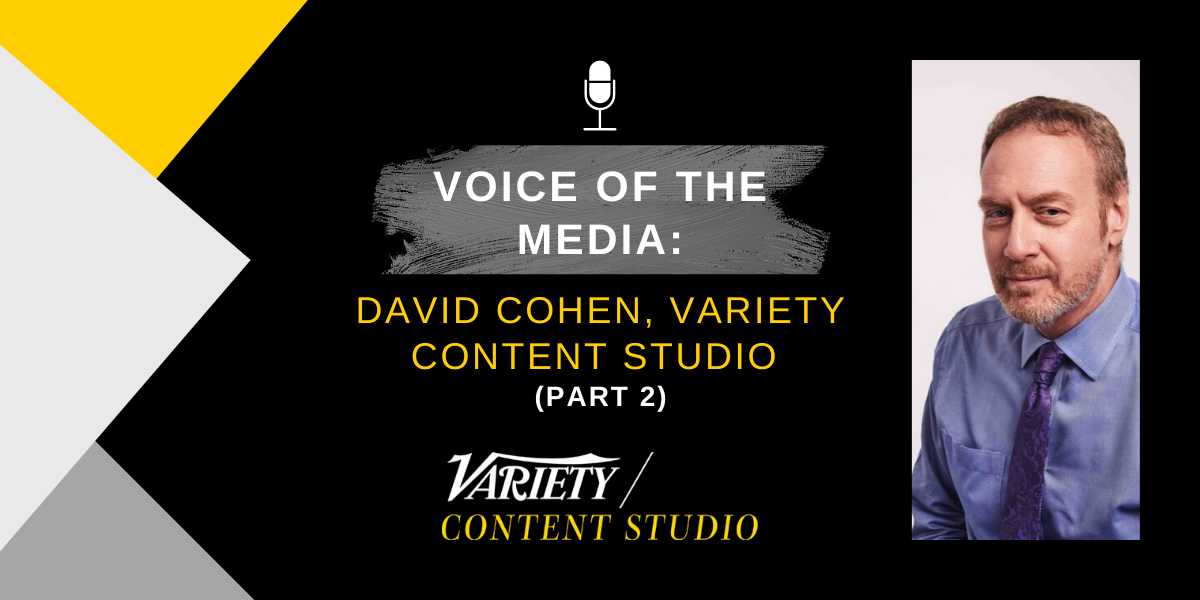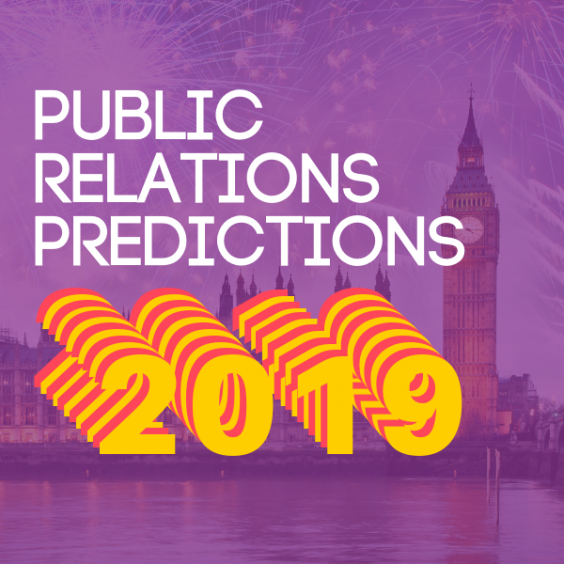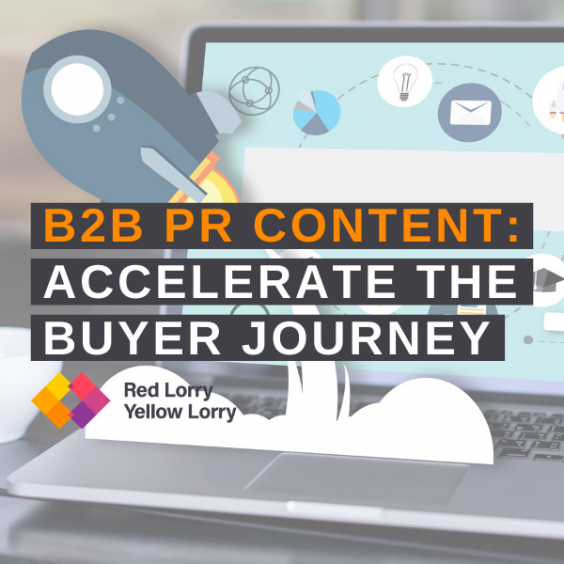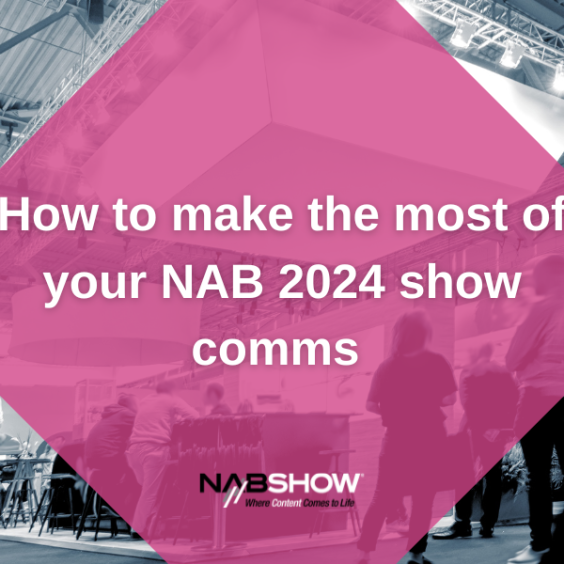In the first part of our interview with David Cohen, Senior Producer at Variety Content Studio, we explored how the media landscape and the media and entertainment industry have changed, his role at Variety Content Studio, the rise of branded content, and the impact of COVID-19. In part two, David shares his advice for brands looking to create branded content and insight into Variety Content Studio’s campaigns for Oscar-winning films and b2b media tech brands.
How can companies create branded content that will appeal to their target audience and keep them tuned in?
The rules for creating branded content that people will choose to consume through to the end are the same for any other kind of content that people choose to consume. You’re back in the world of creating entertainment from scratch, where it’s storytelling. There are no different rules for branded — other than go easy on the brand messaging. In the best branded content that’s really been successful, the branding is in there if you look for it, but it’s very light.
What are some good examples of branded content?
There’s a show called Uncharted that Honda sponsored about emerging musical artists. There’s a similar show called Rolling With the Rookies that Hyundai sponsors about football players who are about to be drafted into the NFL. They’re similar in their level of branding. You watch it and you think there’s no branding at all. Then, you watch it a second time and you see he’s driving the car—a Hyundai or a Honda. And when they’re shooting inside the car, you can see the logo on the steering wheel. The branding is there, but it’s subtle, so you don’t feel like you’re being sold.
That’s really smart because it’s marketing as opposed to advertising in the sense of trying to create an association between the brand and a feeling. For Honda, you’re trying to latch onto the excitement people find, discovering musical artists, and the attachment. Music is so personal and passionate for people. And then, for Hyundai, those college football stars have enormous followings before they even play a single professional down and people are so interested in their story. The fans of the pro team want to know who they are, and there’s so much obsession around that stuff. You’re latching onto that and I think that’s been very effective. Again, it’s storytelling.
How comfortable are brands with this subtle, storytelling approach to branded content?
A lot of brands are very comfortable with the interruptive model because everything stops, and now you have to listen to our message. You may not enjoy it, you may not care about it, but your show will not resume until this word from your sponsor.
In the branded content world, it’s not like that at all. Now, you’re back in the world that I’ve occupied. In journalism, you have to hook the reader as both an editor and writer, you have to be constantly aware that if you don’t keep giving something to the reader to make them want to keep reading, they won’t. They will turn the page or click away and they are done. So it has to not only be interesting at the beginning, you have to continue to hook people over and over again.
In the world of branded content, it’s the same thing. You have to hook people constantly and you have to give them something that is relentlessly interesting, or they’ll click away and go do something else.
That is new, I think, for brands in particular. A lot of them are not comfortable with it and a lot of people who do it are not comfortable with it. At Variety Content Studio, we have found that where we tend to be strained is when the client insists on a lot of brand integration and we know that’s not good for the storytelling. The brand integration means that they can sell it up their chain. No one’s going to ask them, “Where’s the product?”
We had an experience where we had a deal with someone and our deal was that there would be no product integration in the videos. That was in the contract and we booked an absolutely incredible, spectacular guest—someone who was right on point for what they wanted, who never does stuff like this. Then, at the last minute, the client comes back and says, “A higher-up says we have to see the product”. Of course, then that guest went away.
What other mistakes do brands make when creating branded content?
Pet peeve number one is the RFP process because it seems to have developed and is implemented for a media buy. The whole process and the timelines on which it works are for a world where [the agency] approaches a publisher or distributor and they have a day to create a media plan. “We want three custom content concepts and you have until tomorrow.” Everybody knows it doesn’t work, but you have a legacy corporate and agency infrastructure that was built for a different purpose in a different world. This is how they know how to work. They want big outside-the-box ideas by tomorrow at 5:00. Somehow, we do it, but I feel like the whole RFP process is fundamentally flawed.
How do you measure the success of branded content campaigns?
The metrics for branded content are kind of hopeless. That’s something people are working on. With TV, there are ratings. The ratings have their own flaws—there’s lots of controversy about them. But they exist, they’re an accepted measurement, and they’re a metric that’s created by an independent third-party. There’s no equivalent of that in the branded content world—there’s no accepted third-party neutral measurement system. An awful lot of the metrics in branded content are self-reporting. That’s a big problem that several companies are working on.
Is there a way that Variety recommends clients measure the success of branded content?
It starts with what your KPIs are. What are your goals for the project? You have to match your goals to what you’re doing, and if they’re mismatched, you can be very successful by one measure, but not achieve your goals for the project.
Here’s my favorite example of this. For two years in a row now, we’ve done advertorial packages for films that are in awards contention. We’ve done it on breakneck schedules between the time that nominations are announced and the time that voting begins. We create something bespoke, have it vetted, edited, polished up, shipped, and delivered while voting is still going on, so you’re talking about 9-11 days for something that normally takes weeks. However, both of the last two years, we’ve done that for the eventual Academy Award Best Picture winners—Green Book and Parasite.
It’s an interesting example because they have one goal: the Best Picture Oscar. They have one audience: Oscar voters. So we create the package, and within two weeks of publishing it, they’re either up on the podium accepting the award or they’re not. Two years in a row, we’ve had them up on the podium accepting and we’re jumping up and down and celebrating.
That’s very unusual. You usually don’t have something where it’s so cut and dried, and where the audience and the way you measure success are so clearly targeted. Most of the time, it’s much more subtle. Are you going for brand lift or conversions? Do you want to see measurable increases in sales as a result of your campaign or do you want to make a favorable impression on people psychologically? Do you want people’s associations with your brand to change? Are you trying to rebrand? Matching your campaign and your specific pieces of content to the goals you’re trying to reach is very important and not all brands think that through.
There’s also the question of how much brand integration is enough and how much is too much. Brands probably tend to err on the side of too much and the instinct of people who come from the editorial or narrative filmmaking world is to do too little. You have to meet in the middle, and then, each has to be willing to help the other with their problem.
Sometimes the brand integration stops the story in its tracks and feels tacked on. When that happens, usually, it’s because the client insists on it. We had one project where the client said afterwards, “Our brand integration was the weakest part of the video.” They can see it afterwards, but part of our job, as storytellers, is to find a way to make that work. If we don’t, it’s not all on them—that’s partly on us. It’s got to be a collaboration to find a way to bring that brand message home in a way that—even if it doesn’t exactly feel organic—is still interesting and fun and makes people want to continue watching.
Can you give us some examples of the branded content work you’ve done?
We were very proud of a few series we’ve done, both video and advertorial written materials. We’ve had several opportunities to work with Geox, the Italian shoe and fashion brand. We did a lovely series called Walk a Mile in My Shoes, where we interviewed professionals in the entertainment industry while they talked about a place that’s special to them and why, and they told their story about obstacles they’ve overcome in their lives. There’s no mention of the brand in the article whatsoever; however, each of these professionals was photographed wearing the shoes, and then, there’s a page takeover where all surrounding the article are Geox ads.
Of course, it has to be tagged as partner content, but we thought this was a beautiful execution because the article is about the person, not the shoes. There’s no “and I’m so comfortable coming here in my Geox shoes”. Geox got it. They were like ‘No, that’s not what we want. We want their stories.’ So the actual editorial piece was very much the kind of story we want to tell. By putting the shoes in a photo with the talent, and then, having the page takeover, the brand message was absolutely carried, so it was really a nice balance. We love that.
As well as true branded content where the client has control, we also do sponsored editorial where they’re underwriting a project, but they don’t have any editorial control. For that, we did a terrific series called Variety on Broadway for City National Bank last year where Broadway professionals interviewed each other. It’s based on our Actors on Actors TV series.
Can you tell us about some of the branded content you’ve created for the entertainment industry?
We did a beautiful package for How to Train Your Dragon: the Hidden World. It was very extensive—the largest we’ve ever done—and I think they were very happy with the way it came out. It really looked beautiful. It told the story and it had some real depth. We did one for Avengers: Endgame for Disney and Marvel and I particularly like the web version of that. The web design was beautiful and really well thought out.
Then, of course, we did Joker and Parasite. Both of them controversial in their own way. People were really pushing back on Joker. We felt strongly that the movie was not being well understood by its critics, and we had pushback on the advertorial, too, because the same people thought our argument was absurd. But then, we also had people on social media saying, “No, I think this is right.” You love that. You love when people are arguing about it and there are people defending your position.
With Parasite, we just wanted to make the argument that we all know it’s the movie of the year, so don’t be held back by history. Go ahead and vote for it for Best Picture. Make history yourself. And I think it was the right argument and the right message. It worked. They did. We always joke: Yeah, yeah, they made a movie, but that advertorial, that’s what won the Oscar. But it’s a joke. We’re just like the cherry on top, but we try to help.
We are in the problem-solving business. Brand storytellers, to some degree, are always in the problem-solving business in the sense of you’re only talking to us if there’s something you need. Sometimes the problem is your commercials aren’t working anymore.
When we did Green Book, there was controversy around the movie. We could use our advertorial to say, no, the things depicted in this movie are real. We’ve got Variety clippings about the Civil Rights movement and the Jim Crow era to prove it and here they are. The stuff that was going on in entertainment in the South in the ’60s was crazy, with segregation and the pushback on any efforts to integrate. This is about real things, right? We could carry that message.
With Parasite, the problem they had was that there’d never been a foreign-language film that won best picture. Fellini never got a Best Picture. Kurosawa never got a Best Picture. Whoever you want to name. Joker had the problem that people were feeling it was an incitement to violence, which we thought it absolutely was not. We felt the picture was misunderstood. I think that the people at Warner Bros. also recognized there were people who misunderstood the movie and we could help correct that.
So we’re in the problem-solving business. That’s the bottom line for us. We can identify a problem that needs to be solved, and we can create content that will solve that problem for you.
Can you tell us about some of the work you’ve done with media technology companies?
We did a couple of series that we’re really proud of. One was called The Art of Sound for DTS, where we talked to sound professionals and went inside their work. Sound is difficult to do on video because it’s not visual but I think we did a good job with that. We’re very happy with the quality of that content and that series is still online, I believe.
We also did a series called Meet the Makers for Adobe where we talked to video editors. The director did a really creative job of making editing visual. They were able to capture the Adobe timeline and turn it into a floating graphic, so you would see the editor sitting at their machine and see the timeline that they’re looking at floating in front of them. The personalities were good and the projects were interesting, so that was very successful.
What’s your favorite film, TV series, or podcast that you’ve seen or listened to recently?
I haven’t had as much time to do that as you might think because I’m watching the news and because I’ve been very busy with work. That said, I’ve got a whole bunch of movies recorded from Turner Classic Movies. I’ve just finally, after months of waiting for it to be available, been able to record Carol Reed’s movie, Odd Man Out with James Mason. Oh boy, that movie is good. It is depressing, it is sad, but it’s really good. I watched the Miles Davis documentary, Birth of the Cool, on Netflix. It’s really good. My wife and I are watching Devs on Hulu. It’s fascinating, but it’s deliberately obtuse. It’s Alex Garland who did Annihilation and Ex Machina. Actors take long… pauses… and they underplay everything. Even though the action could be violent and dramatic, people talk slowly and quietly. We’re watching season two of Altered Carbon, which is our kind of thing, and we’re watching season three of Westworld.
I’ve got a long list of things that I can catch up with when I have the time. Fellini movies when I have the mental space to sit down and watch something with subtitles. But I recommend Odd Man Out if you can get your hands on it. If you are sharp eyed, you can spot William Hartnell, the First Doctor from Doctor Who, in a supporting role.
If your brand has a problem that needs solving, please contact Kim Willsher at (+1) 310 773 3760 or kimw@rlyl.com.




